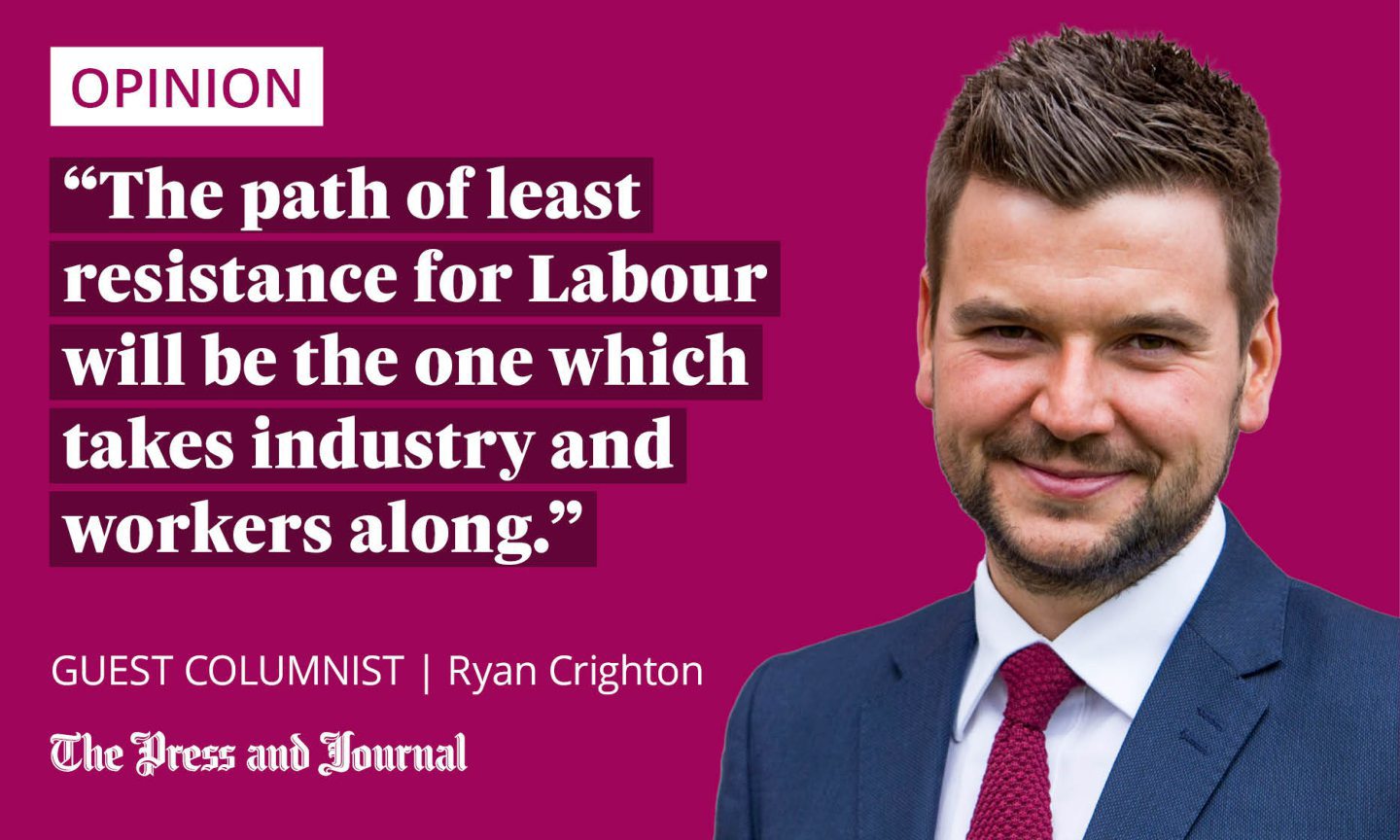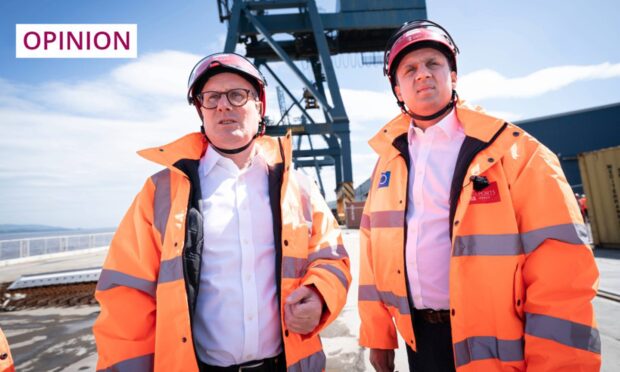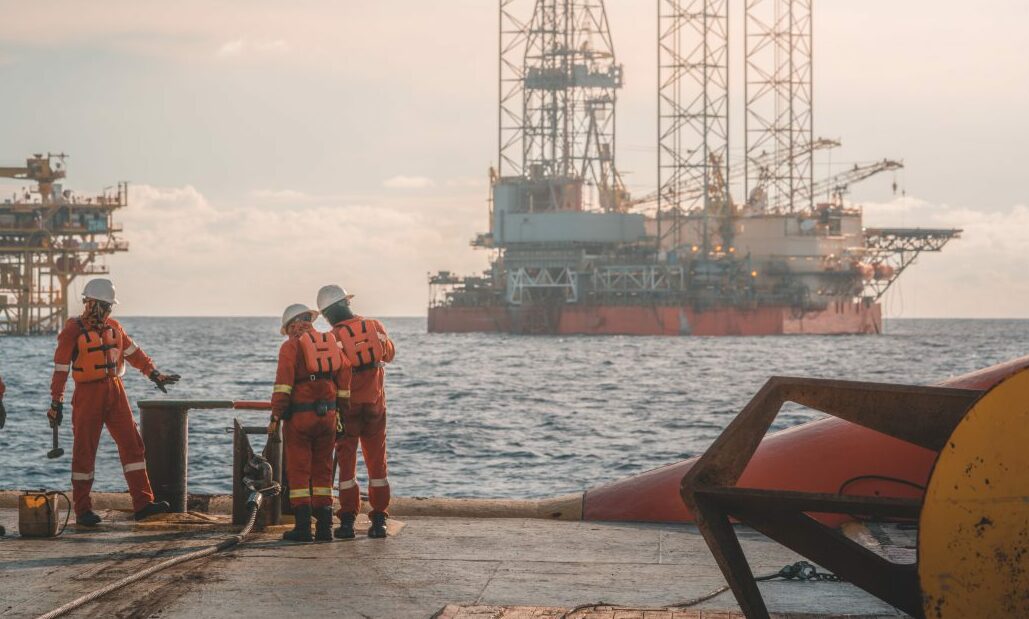I recently discovered that Aberdeen’s taxi drivers have to learn up to 66,000 possible routes through the city before they can pick up their first passenger.
The city’s street knowledge test – which is mandatory for our cabbies – is the toughest anywhere in Great Britain.
The staggering challenge these drivers overcome is surpassed only by the hill start facing an industry upon which their livelihoods depend: our energy sector.
The many thousand routes through Aberdeen pale into insignificance when you consider how complex our road to net zero will be.
To get there, we need to preserve energy security, rewire our entire energy system, and create tens of thousands of new jobs to replace existing ones. And to achieve all this, we need to unlock almost unfathomable amounts of capital.
This is why the transition has rightly been billed as the biggest engineering challenge this country has ever faced. The party which wins the upcoming general election, most likely Labour, will have to tackle these problems head on.
My concern about Labour’s plans for the North Sea are well-documented, and I subscribe to the expert view that its proposals could jeopardise jobs. Nevertheless, there is still much to like about Labour’s direction of travel.
If things go his way on July 4, Sir Keir Starmer will head up a mission-led government which wants to cut bills and create good jobs for the future through Great British Energy, headquartered right here in Scotland.
And Starmer sees the problems: a sluggish planning system unable to keep pace with the vast projects which need unlocked, and a grid unable to cope with the scale of industrial development taking place along our shores.

So, a Labour win could be good for the North Sea, good for Aberdeen, and good for the energy transition – but the party needs to play the hand it is given.
Its policies have been drawn up on the assumption that North Sea oil and gas companies are raking in record profits, and that there are jobs aplenty in renewables. In reality, neither is the case.
Labour will inherit a fiscal regime which has reduced profits at the North Sea’s biggest operator – Harbour Energy – to a point where Tesco makes more money every eight days than Harbour does in a year. Another tax will be a tax too far, of that I am sure.
At the same time, both the current UK and Scottish Governments have failed to accelerate job creation in the renewables sector, where employment has only risen from 23,200 to 25,700 over the past nine years.
There is also the uncomfortable truth that both governments have made little progress with cutting our reliance on fossil fuels – evidenced by the fact that 24 million UK homes continue to be powered by gas alone.
For these reasons, the UK is not ready to accelerate away from oil and gas at this moment in time. If anything, that would make the transition harder. So, Labour must make the North Sea a viable and attractive investment if it is to protect jobs and revenue.
Labour should share risk in order to share rewards
There is a way through this, and Labour is right to look at the Norwegian model – but we cannot simply copy the high tax regime there without mirroring the allowances which make it work.
And for as long as North Sea gas is demonstrably cleaner than importing gas from abroad, we should not rule out exploring for more.
Labour’s intention to recycle oil and gas profits into renewables is one which the public and industry can align behind. So, how do we achieve it?
Instead of levying a windfall tax on these companies, a Labour government should consider ways to share some of the risk, and therefore some of the rewards, from the oil and gas left in the UK. That should extend to taking a stake in new projects.
By doing so, the money raised could capitalise Great British Energy in a way that taxing the oil and gas sector to death would never achieve.
When it comes to selecting a headquarters for Great British Energy, let’s make sure that all roads lead to Aberdeen
The path to net zero has more than 66,000 possible routes, but the path of least resistance for Labour will be the one which takes industry and workers along.
And, when it comes to selecting a headquarters for Great British Energy, let’s make sure that all roads lead to Aberdeen – a city which has powered the UK economy for 50 years, and is ready to do so for 50 years more.
Ryan Crighton is policy director at Aberdeen & Grampian Chamber of Commerce


Conversation